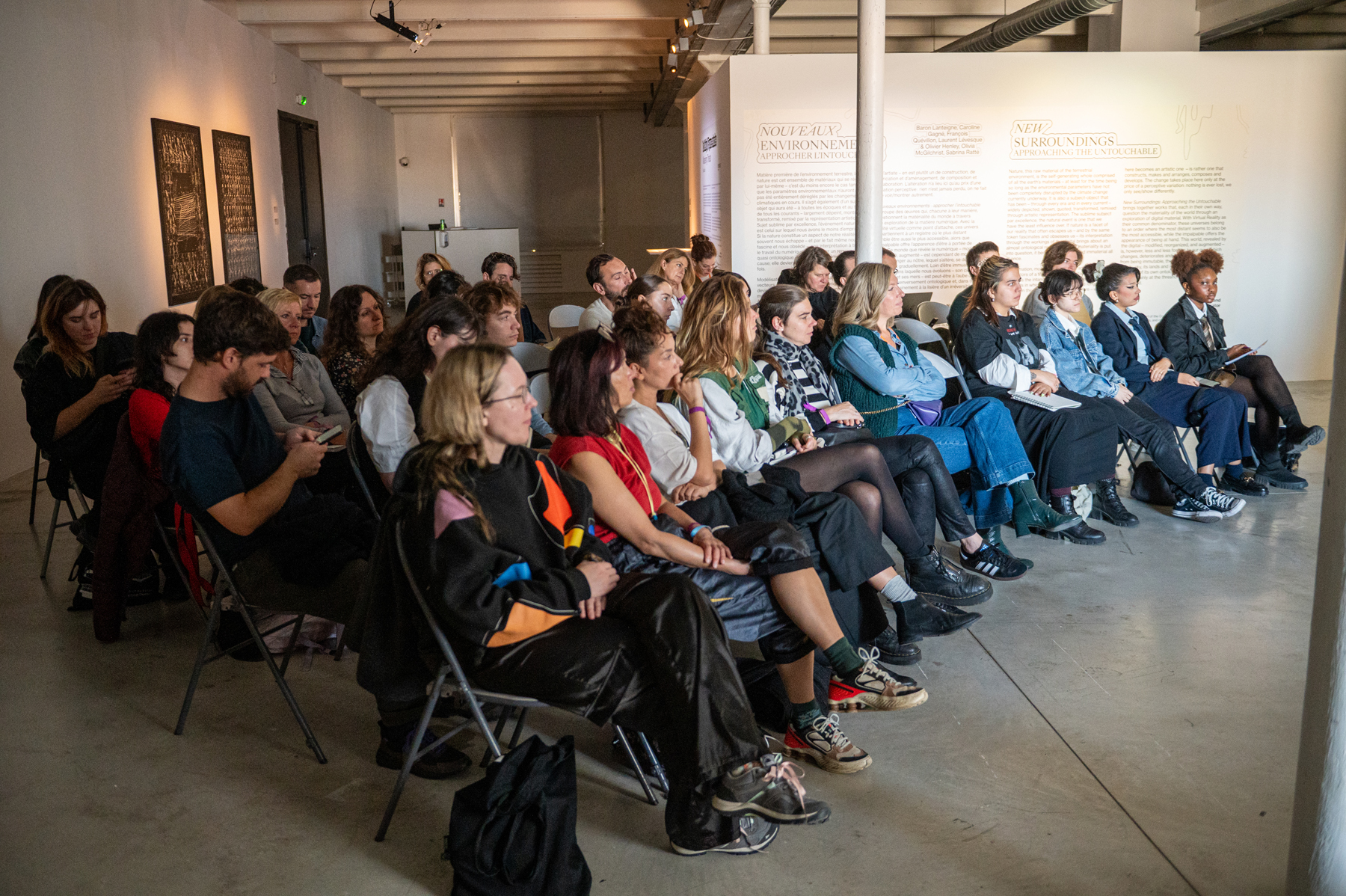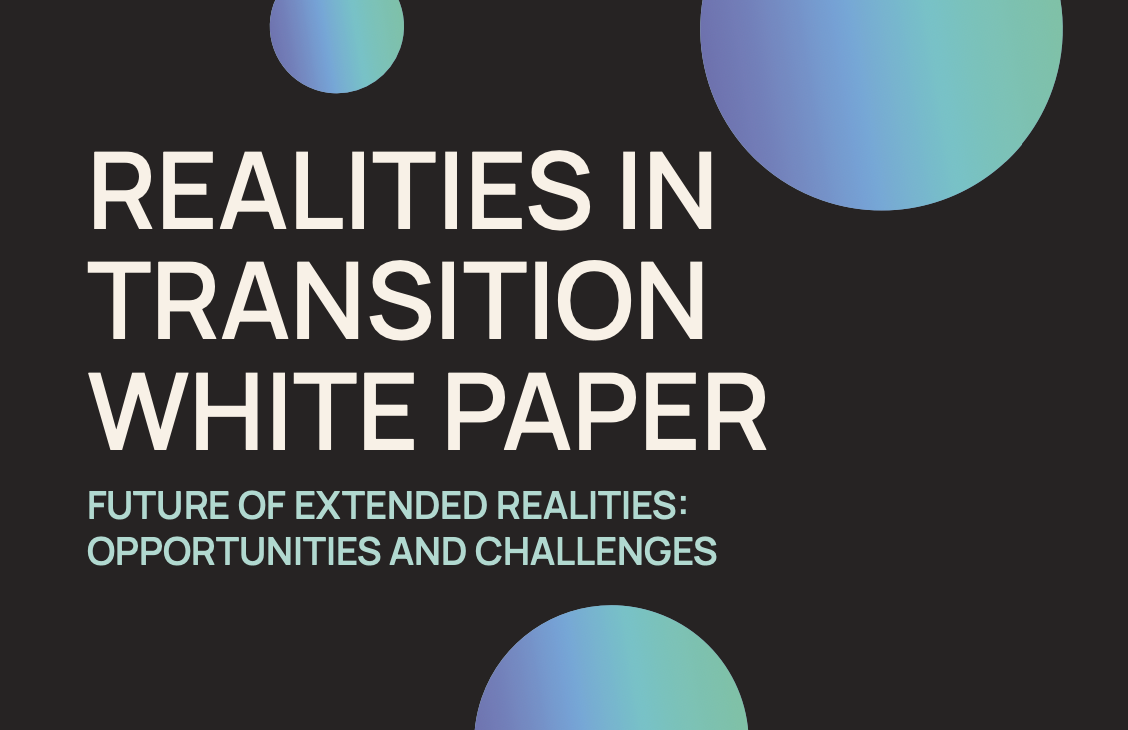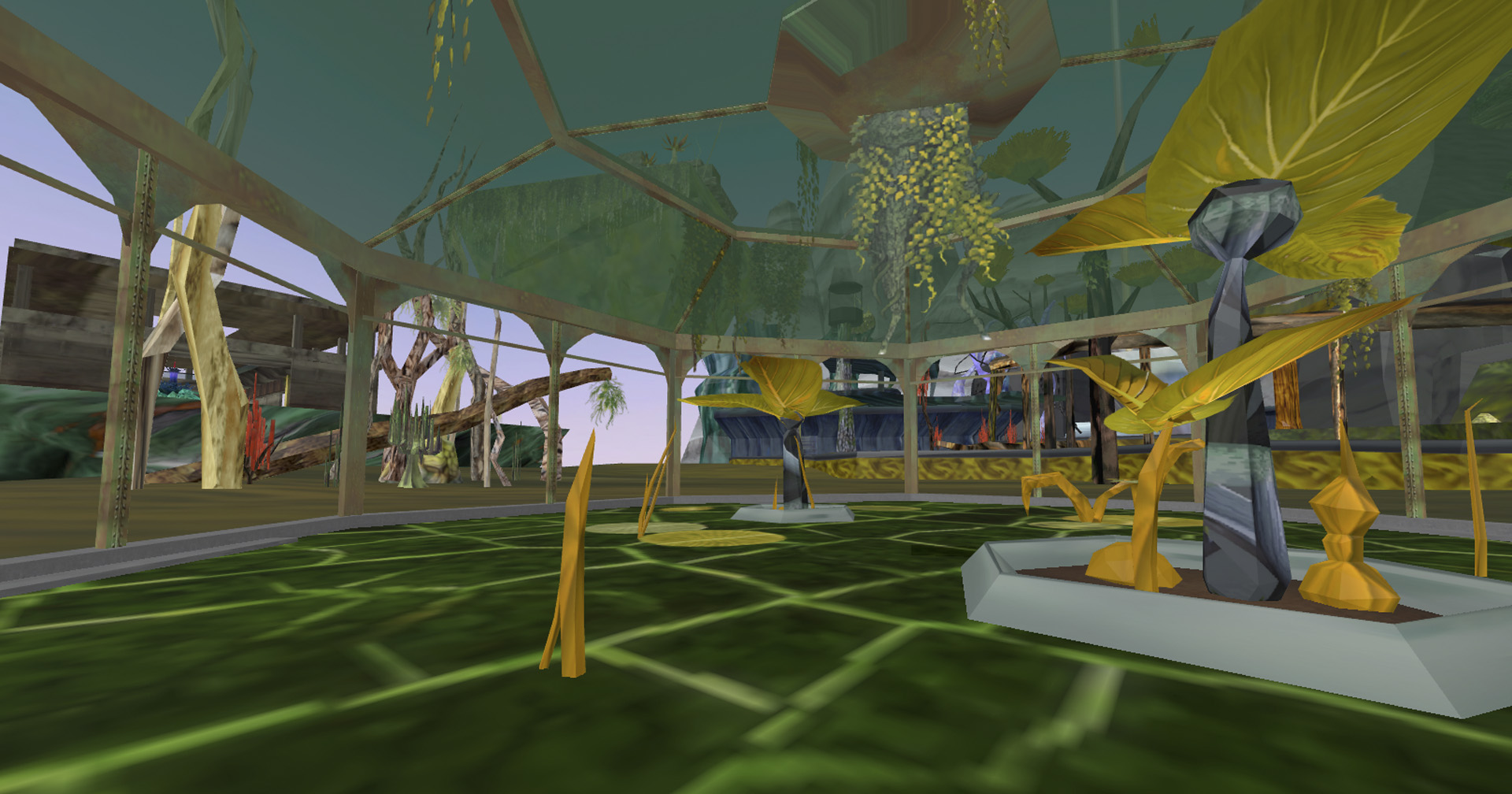Designing Encounters: An Interview with In-Dialog Studio
“XR is the combination of theater, fine arts, and video game culture, it takes from all the other art fields and puts them together in a new medium.”
Calin Segal & Codin Segal (In Dialog Studio) was one of the 7 selected artistic project for the first #RiT artistic residency, back in May 2023, in V2_ (Rotterdam). In this framework, Dark Euphoria asked them about their relationship to XR, their artistic path and favorite tools. With this 6 out of 7 special interview, discover In Dialog Studio’s unique look on eXtended Realities…!
you meet XR?
Dark Euphoria | Interviewer: Céline Delatte – So excited to discover about the complementary XR competences you combine into the “In-Dialog” collective in order to create multimedia pieces of art: from physical to digital – back-and-forth… Please; let us know more!
C.D. – How did you meet XR?
Calin Segal – I am the artistic director and founder of In-Dialog Studios. Over the past six years, what began as a collective has evolved into a studio. My roots are in architecture, but I spent a significant portion of my youth and early career as a VJ. This positions me at the intersection of underground culture and academic research. In essence, I see myself as an experience designer my work is about shaping the context and evoking emotions. Rather than merely offering conceptual stimulation rooted in academic premises, I prioritize engaging directly with the audience. My belief is that true artistry lies in the ability to resonate, captivate, and entertain, fostering a genuine connection with those who experience it.
Codin Segal – I’m the lead developer of the In-Dialog’s team. I’ve been developing for the past eight years now. I have a background in economics and programming, and I’ve been working with the In-Dialog collective since the creation of it.
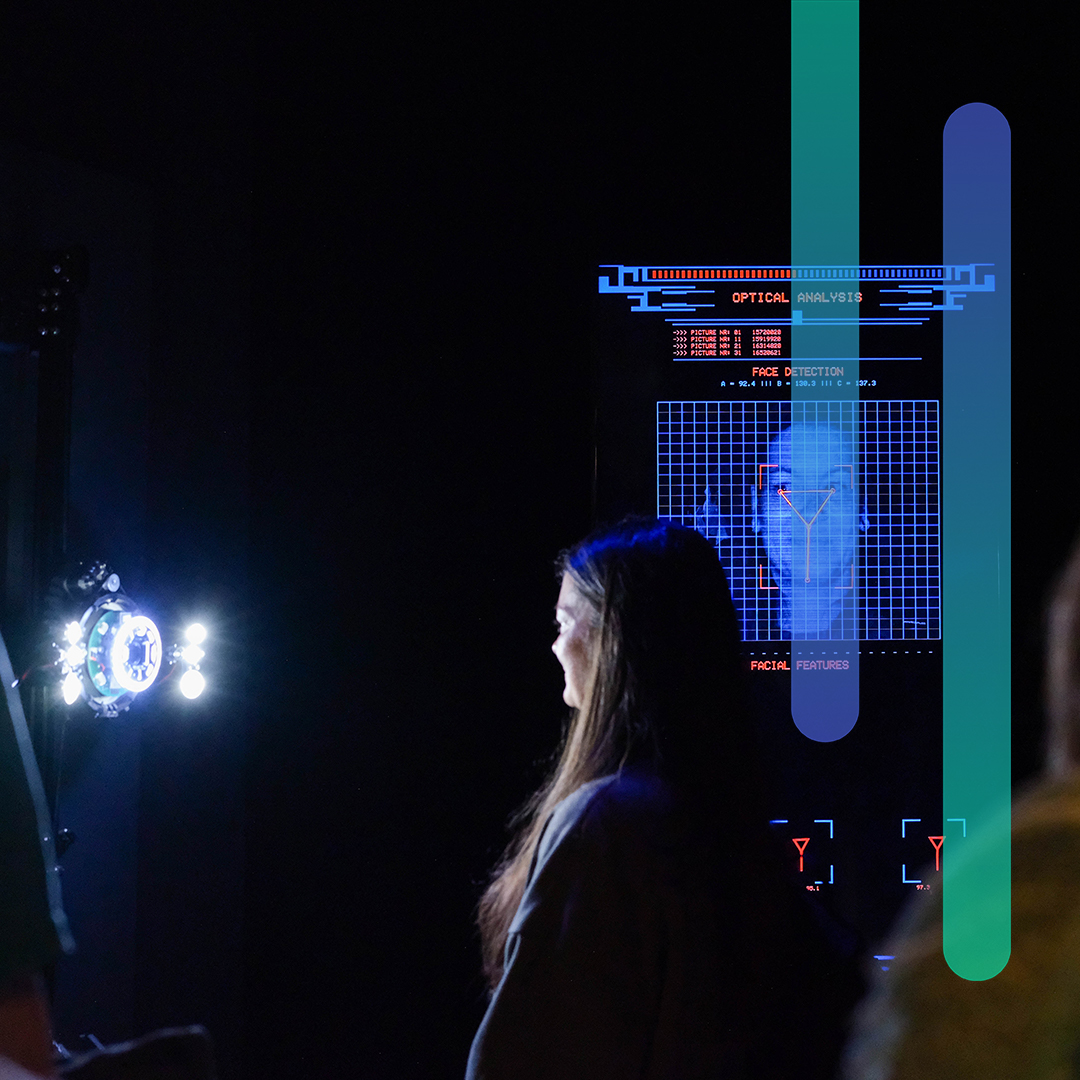
C.D. – How did you meet XR?
C.D. – How did you meet XR?
Calin S. – My first experience was when one of my managers as a VJ asked me if I could make an art installation. I hadn’t done it before, but I already had 3D rendering and projection mapping skills. So I said, “Okay, why not? Let’s learn something new!” We had a developer back then (it was before In-Dialog) who dropped out halfway through the project. So, I had to learn on the go, let’s say. That was the first experience with XR, like just getting thrown into it… (…) But then I started to love it. It’s a medium that allows me to create digital content in its native format. So I’m not anymore rendering or transposing it to a 2D format, or I’m not any more focused on one pre-designed piece. I truly have the entire experience within my grasp, allowing me to craft distinct and immersive worlds on the go.
Codin S. – My first experience with XR was one of our projects (Machinoscop) where we had to create a new way of exploring digital content in the Parc de la Villette where we were residents in 2018. It was exciting for me to use this medium because it was still rooted in physical experience but augmented by digital tools… It allowed me to convey my unique perspective and empowered the audience to curate their own experiences, letting them interpret the same artwork in a diverse way.
C.D. – How did you meet XR?
C.D. – What are your favorite XR tools?
Calin S. – Game engines would be the first cause that’s what we’re controlling the most. And we also have professionally done video games. We’ve launched two video games before, so we’re really familiar with this tool. But also now, with the advancement of AI, tools are becoming more useful for world-building ( languages models ,image generation tools, and NPC trained using reinforced learning ). By enabling quicker iterations, it provides more time for refining concepts and enhancing the user experience rather than focusing solely on asset creation.The main tool that we use is Unity game engine because of its modular architecture and vast online community. At the same time we also use a wide pallet of other simulation environments like : TouchDesigner, Notch, Houdini.
Codin S. – Kind of the same, like, I’ve been using Unity most of the time, but then as well I’ve been developing web experiences, so I’ve been using React; three.js as a rendering engine…
Calin S. – But also backend! He’s the master of the backend. He does the heavy-lifting programming.
Codin S. – …like setting up servers, multiplayer games we did so far. Multiplayer VR experiences as well. Synchronizing over networks…
C.D. – How did you meet XR?
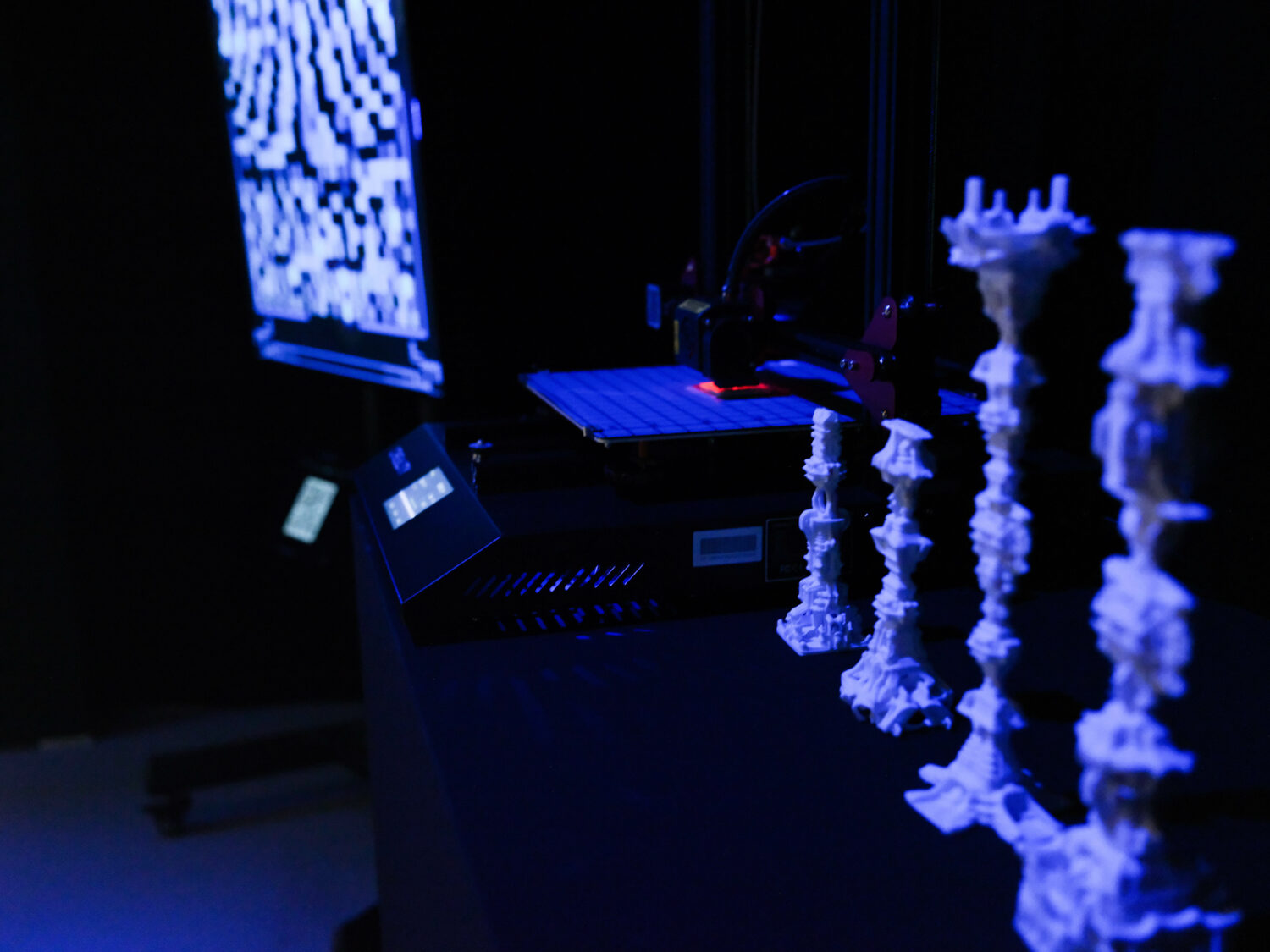
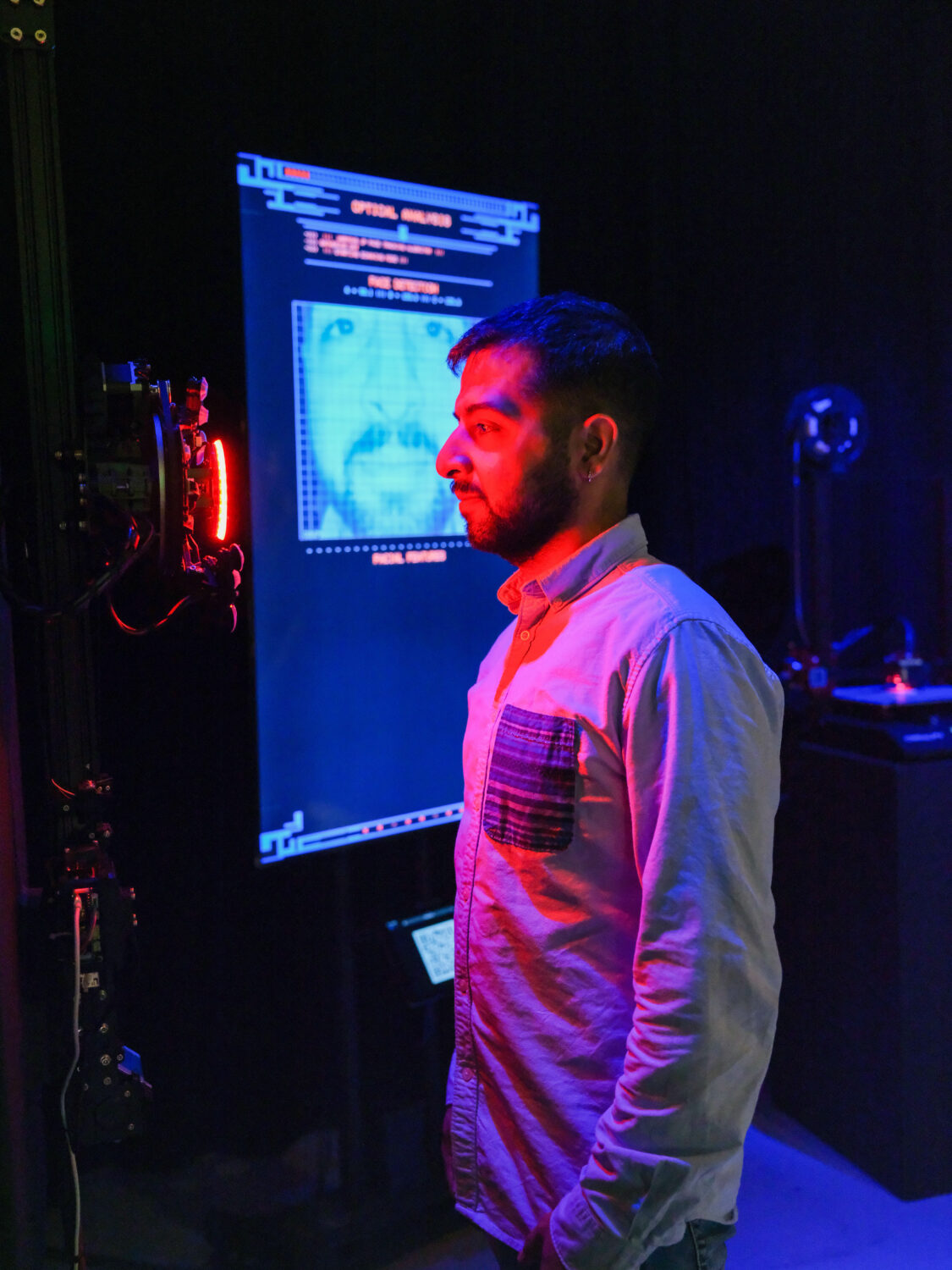
C.D. – How did you meet XR?
C.D. – Do you have any tips to find resources on likes, channels? Where do you find your tricks?
Calin S. – The holy grail is YouTube. And then Reddit (content creators such as Two Minute Papers, The Coding Train, Sebastian Lague, 3Blue1Brown, Matthew Hallberg, Artful Bytes, and Entagma ). Also, the dedicated discord groups of passionate artists spend their time sharing their experiences (one of my favorites is Art-o-Cord). Simply getting lost browsing on GitHub and exploring other people’s work can help a lot when facing new technical challenges.
C.D. – How did you meet XR?
C.D. – The best way is to get lost.
Calin + Codin S. – Exactly, exactly !
Calin S. – I have a different approach. Sometimes, I contact the developers directly, and we start to build on their platform’s open-source codes… I either go to meetings and conferences. Conferences are an excellent show-and-tell moment.
C.D. – How did you meet XR?
C.D. – Would you have any advice for creators who would start with XR?
Calin S. – Don’t think you’re in a bubble; this hasn’t been done before. XR is the combination of theater, fine arts, and video game culture, so in a way, it takes from all the other art fields and puts them together in a new medium. So always keep an open mind that it’s not just a tech bubble, and it has broader ramifications outside of the XR world. I think that one of the main problems is that XR kind of stands in a free-form bubble. It’s being tried now with cinema to be integrated, but I think it’s very limiting to narrow it down to one field. I think XR is more of a layer on top of existing forms of artistic expression and is not a form in itself.
Codin S. – Well, I could just advise from a technical point of view. Don’t be afraid. Jump into it and ask the community. The community will always help you back.
C.D. – How did you meet XR?
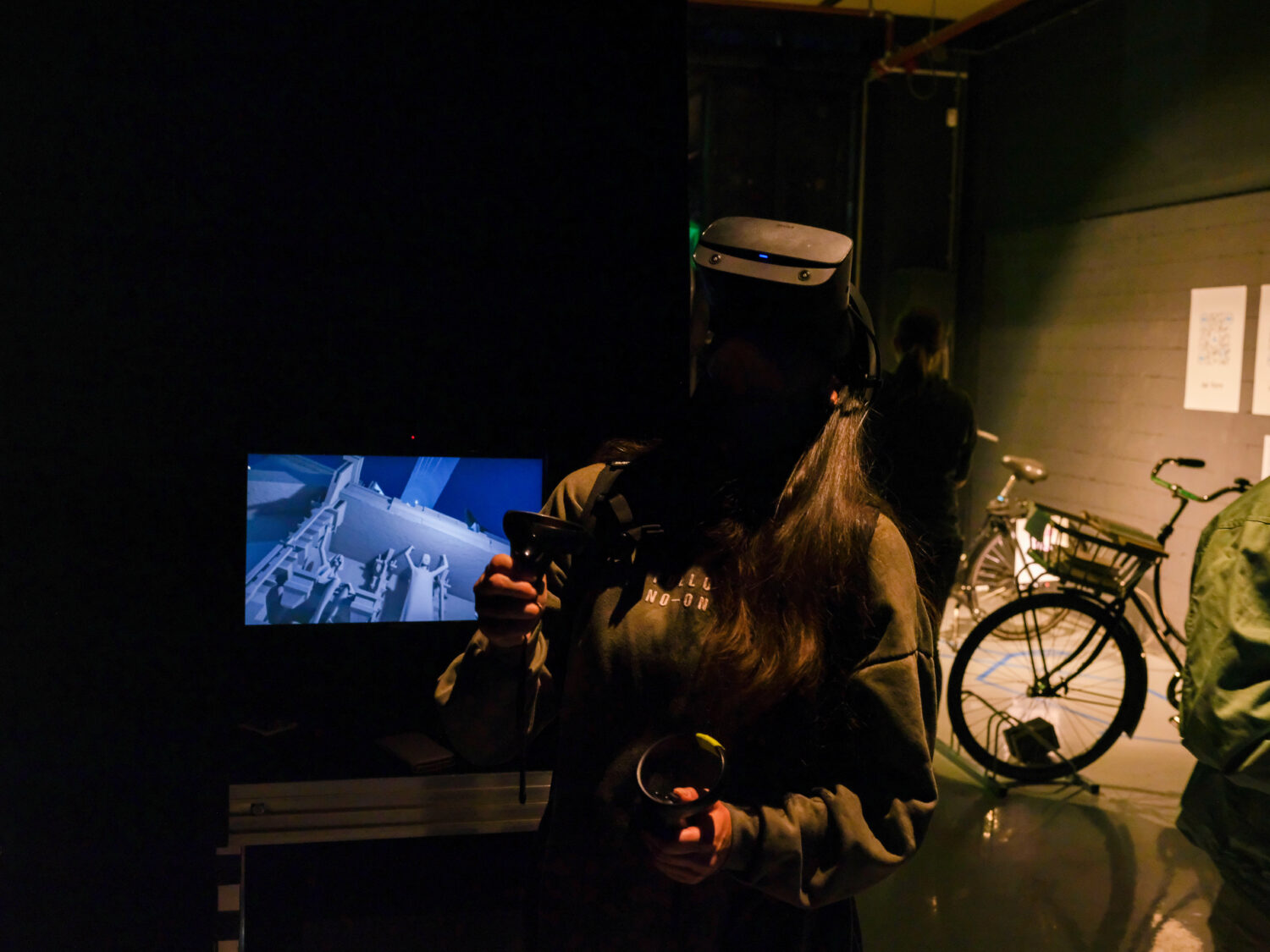
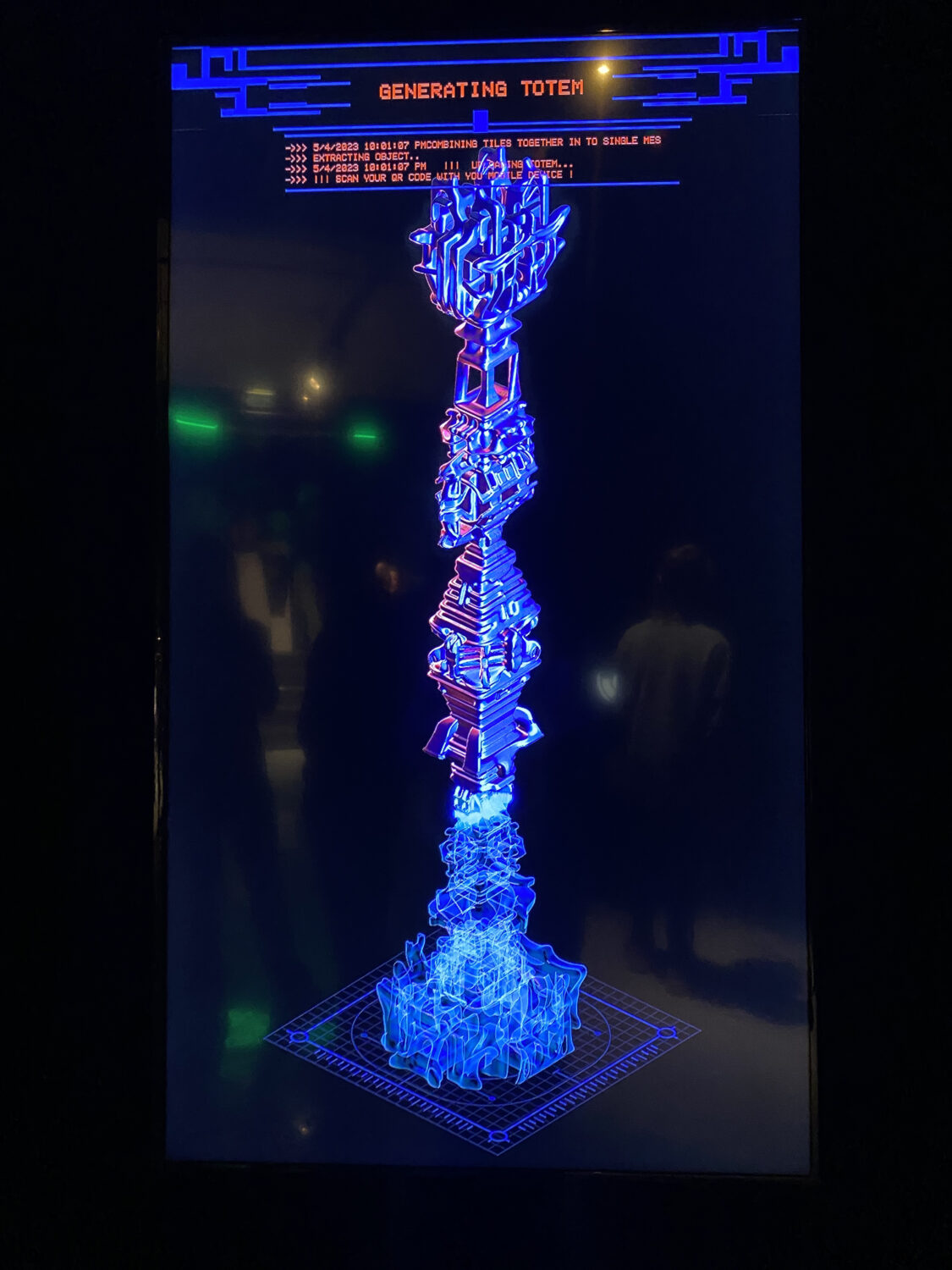
C.D. – How did you meet XR?
C.D. – Wow. I want to join the community now. <laugh>. Last question, where do you think XR is headed and where would you want it headed?
Calin S. – There are two branches. One is the tech world development side, which is very gimmicky and commercial. And the other one is the very abstract and experimental part. And slowly and slowly, as with any kind of new medium, we(‘ll) start to see it disseminate into other fields and stop becoming an entity in itself. The same as AI, which stopped becoming a standalone experience and is now embedded into almost all the software. So, we stopped discussing it. I think as XR starts to mature, it will become an integral part of other established art forms like theater, cinema, and performance art, enriching and expanding their experiential potential.
Thank you so much.
C.D. – How did you meet XR?


